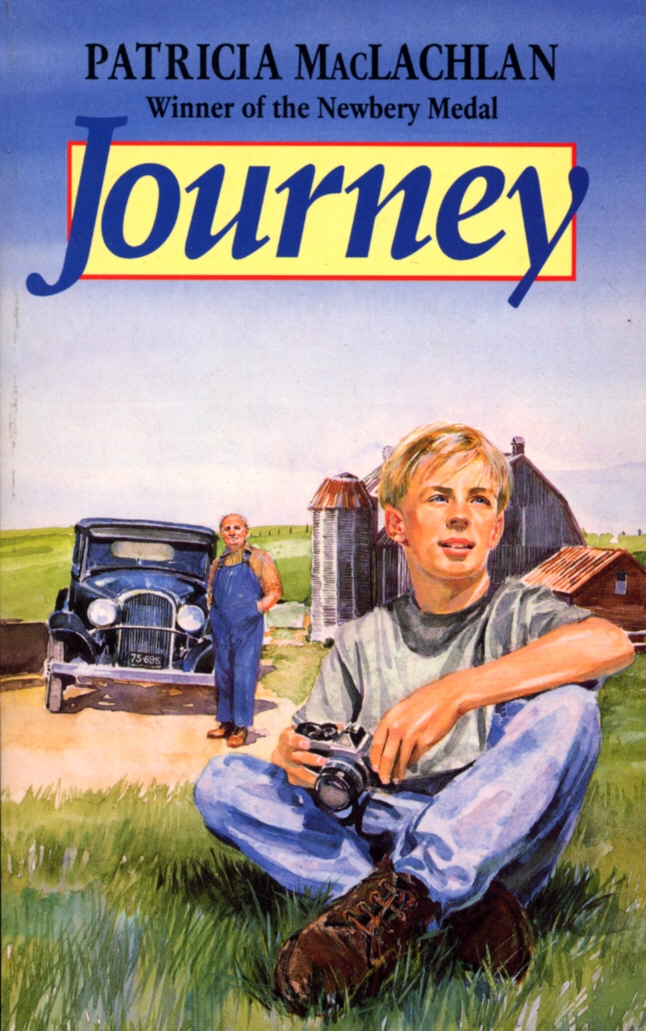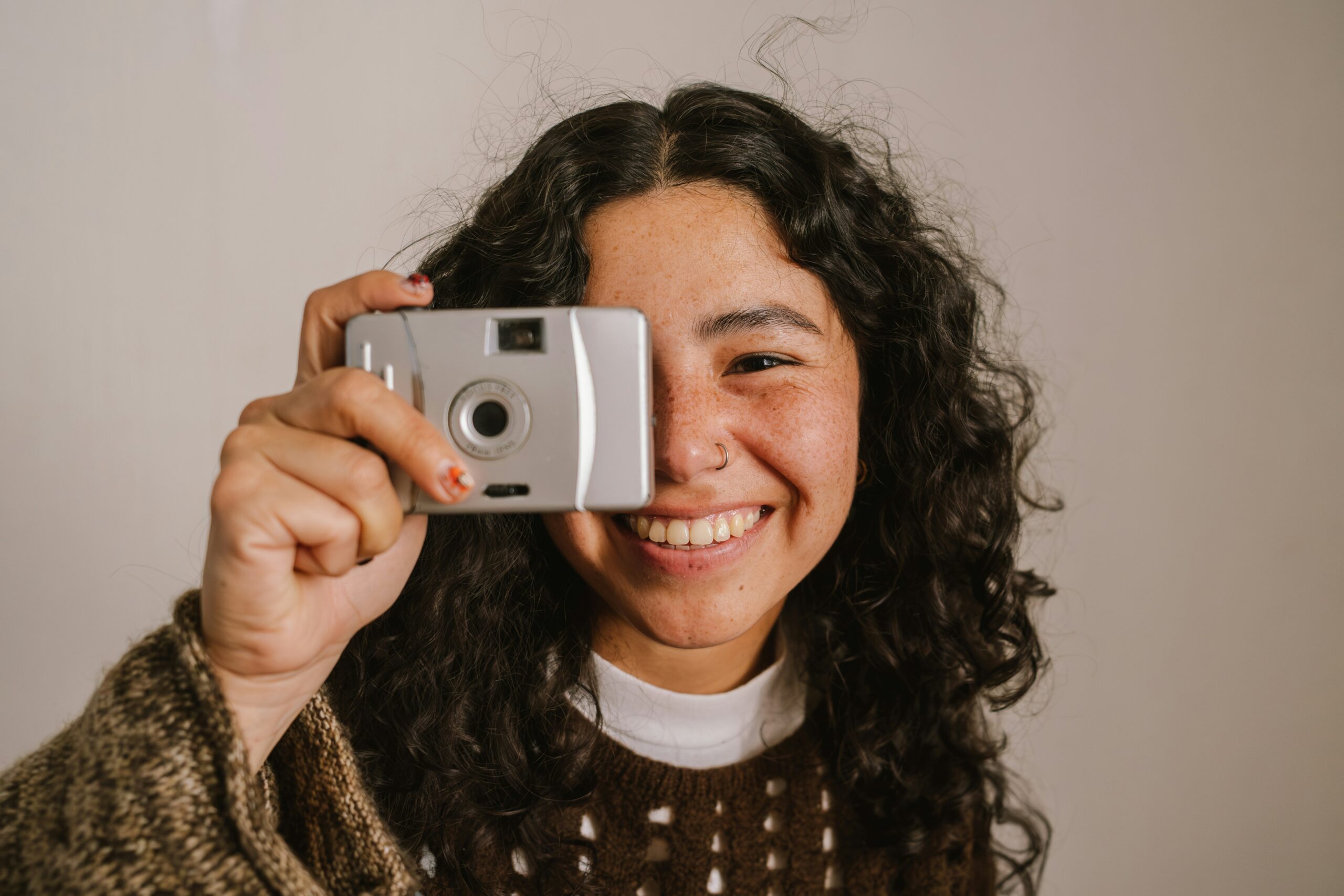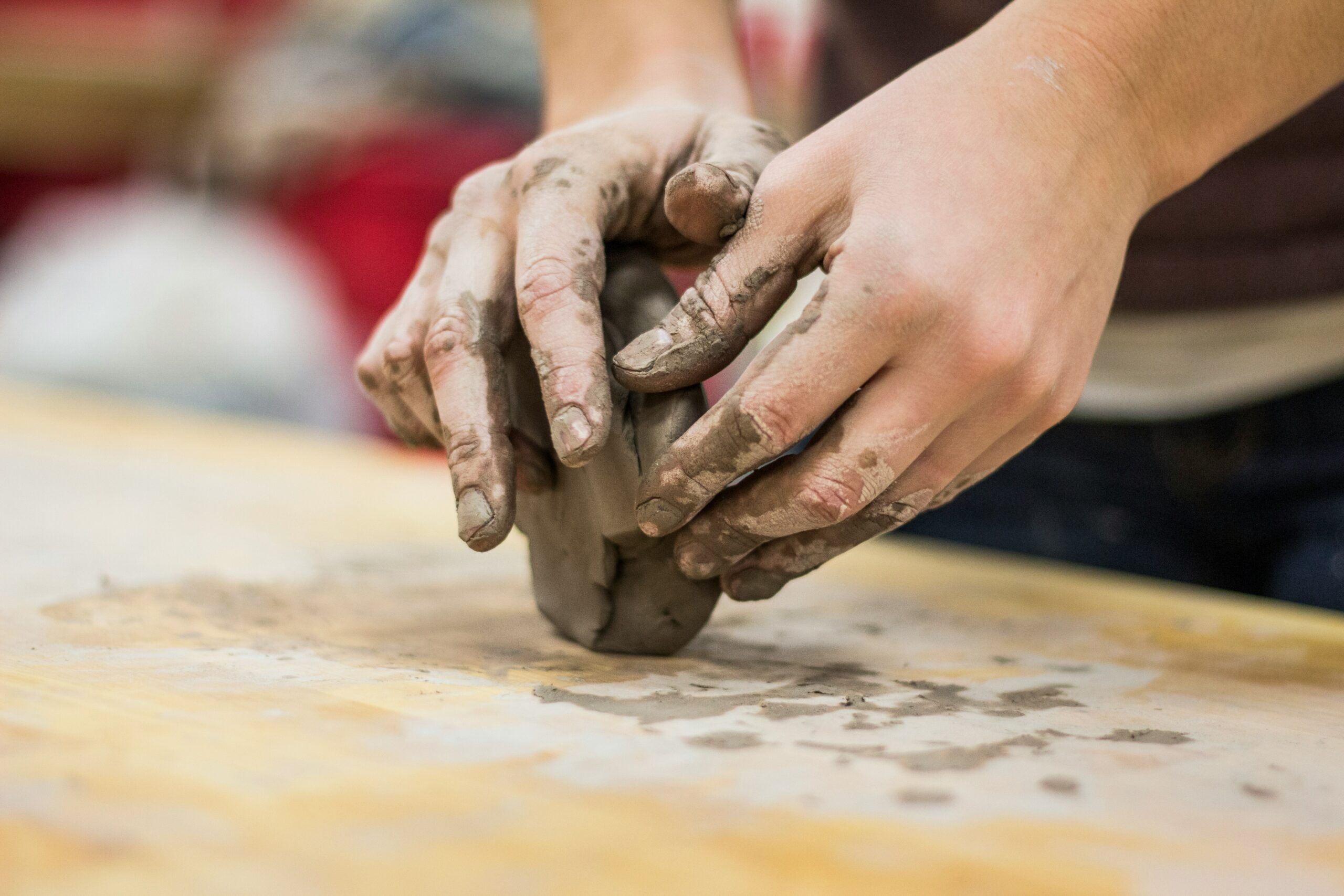
When I used to teach middle school literature, one of the books I chose was a small novel called Journey, written by Patricia MacLachlan. It is a story about a young boy with the unusual name of Journey, who lives with his grandparents because he has no father, and his mother decides one day to leave him and his older sister in the care of people she considers more responsible than herself.
Journey’s grandfather is insightful. He sees Journey’s pain and his potential both. So he gives him an old camera, and manages to get him to take pictures. But not just any pictures.
The first picture is taken by the grandfather as he is teaching Journey how to use the camera. There is no posing for this picture—the grandfather is supposedly just fiddling with the camera as Journey, his sister, and the grandmother are sorting through some boxes. Journey describes the picture this way:
And Grandfather took a picture that would startle me every time I saw it: not because of Grandma, her hair tied back with a piece of string, smiling slightly at some of the contents of a box, not because of my sister, her head thrown back laughing, but because of my face, staring into the camera with such fury that even in the midst of the light and the laughter the focus of the picture is definitely me.
Then Journey starts taking pictures. One of his grandfather as he is playing with a small neighborhood child…he has taken his glasses off, and looking through the camera lens, Journey is struck by how his grandfather looks younger and kinder without his glasses. Another is of his friend riding his bike down a dirt road with his legs sticking straight out and his baseball cap on backward. Another is of his grandmother leaning over and talking to the cat when she thinks no one is looking.
*****
I coined the term “journey pictures” for our study of this novel, and as a class we came up with a definition: a journey picture is a picture of one or more persons that captures a surprising moment of truth. A good photograph, as Journey’s grandmother puts it, “Stops a little piece of time, good or bad, and saves it.”

The story is really about Journey discovering who he is by the kinds of pictures he takes. At one point Journey says to his grandfather, “Things don’t look the same through the camera—not the way they are in real life.” And his grandfather responds, “Sometimes…but sometimes pictures show us what is really there.”
One of the assignments I gave to my students was to take journey pictures. After putting together their project, they also had to choose their favorite, and we made a collage for the wall of each person’s choice. Some of the photographs are still imprinted in my mind.
- There was one taken from a window of the second floor of our school, looking down at a group of elementary students playing some kind of game, but with the conspicuous figure of one of their classmates standing outside their circle.
- Another was a picture of someone’s older brother with his head inside the hood of a truck.
- Another was of somebody’s dad asleep in a large chair with his mouth open and the television apparently on.
- And still another was a close-up of a middle school student playing first base, but waving at someone from the bleachers while the game was going on.
I have been thinking about the potential journey pictures that are given to us in the stories of the Bible. They are not like the illustrations that we have seen in Bible story books, but the large or small moments of truth that reveal where a person’s heart lies. For example, Bible story books like to show pictures of, let’s say, David and Goliath. They show small David and a looming Goliath and a slingshot in David’s hand. Or the even more dramatic one of David standing with one foot on the fallen giant, clearly the victor. Exciting but obvious.
A Journey picture, on the other hand, might show—what? The combination of surprise and worry on the face of Saul after the victory? David’s older brother scolding him for stepping in? To notice the sidekicks and bystanders instead of the performers: this is the kind of observation that lets us see beyond the obvious and looks into the heart.
*****
During my teaching career, I so often wished for a camera—an unobserved, secret camera—that could capture moments I saw in the hallways and classrooms of school:

- the surprised look on the faces of my American Lit. class when a group of Juniors and Seniors stepped in for a spontaneous barbershop quartet performance
- a student giving a speech, with hands clenched on the sides of the podium
- early morning, empty halls with one student on the floor madly doing homework, another lying full length on the floor, using a jacket for a pillow, and—oddest of all, one sitting inside his locker
- a ninth grade boy with his backpack on his back during break, standing near the door of his next class
- a student writing an exam, pencil gripped in one hand, the other hand pulling on his hair
- the long fingered hands of a girl shaping some kind of clay sculpture in art class
The very nature of a camera is to look at a subject other than ourselves, that is, until the whole selfie craze stepped in. It can teach us to become better observers, which is one of the reasons why the grandfather in the novel was so wise. Journey was so absorbed in his own pain and anger that he didn’t want to do anything but grovel in it. But giving him the camera forced him to look at someone else for a change.
I would like to propose that we look through that imaginary camera more often, and try to capture for ourselves something about what the people around us are experiencing. To become observers for a bit, something most of us, living in this self-actualizing era, are, quite frankly, not very good at.
Hands with clay photo by Alex Jones on Unsplash


7 Responses
And wonderful to observe—and remember in our pasts—superlative teachers doing their thing!
Thank you for reminding us to pay attention. So whether it is through the lens of a camera or just observing, watching, paying attention, and then perhaps having the gift of sharing what is noticed with someone else, we are enriched by what we pay attention to.
Nancy,
Thank you, thank you, thank you. I am a photographer — see my website listed below. This is a beautiful description of what I attempt to do with my old film cameras. (For me, at least, digital cameras have no soul.) I am most at home with the woods and water, but I sometimes manage to photograph people, too. Of those photographs, my favorites are when I manage to capture ordinary people being beautiful or, as one of my wag friends put it, beautiful people being ordinary. Those are the moments, those are the stories I try to capture. Yes, it is a journey, and my photographs are my journal.
Blessings,
Steve / pearwood
Thank you Nancy! A photo triggers so many memories and this one triggered our parents, aunts and uncles with a few of us older grandchildren, eat a picnic in Dutton Park with Grandpa Koning at the top of a slide and us grandchildren on it with him! I ave it as a memory in one of my books but I couldn’t find it…can see it clear as day in my mind!
Thank you, Nancy, for reminding us of the difference between looking and SEEING.
Interesting to think about. I’m more used to be told to put down the camera because it keeps me from seeing, because I’m thinking about trying to save the moment, or at least a certain impression of the moment, rather than being in the moment. With the camera I can see only what I want to see and record, and miss a lot that’s right in front of me. It seems like the observation has to come first, before the camera gets in the way. Then the camera can be useful to preserve the observation so that it is not as easily forgotten.
Thanks for reminding us to look and listen. Listening is very hard to do, but we need to do more of it. Thank you for this.